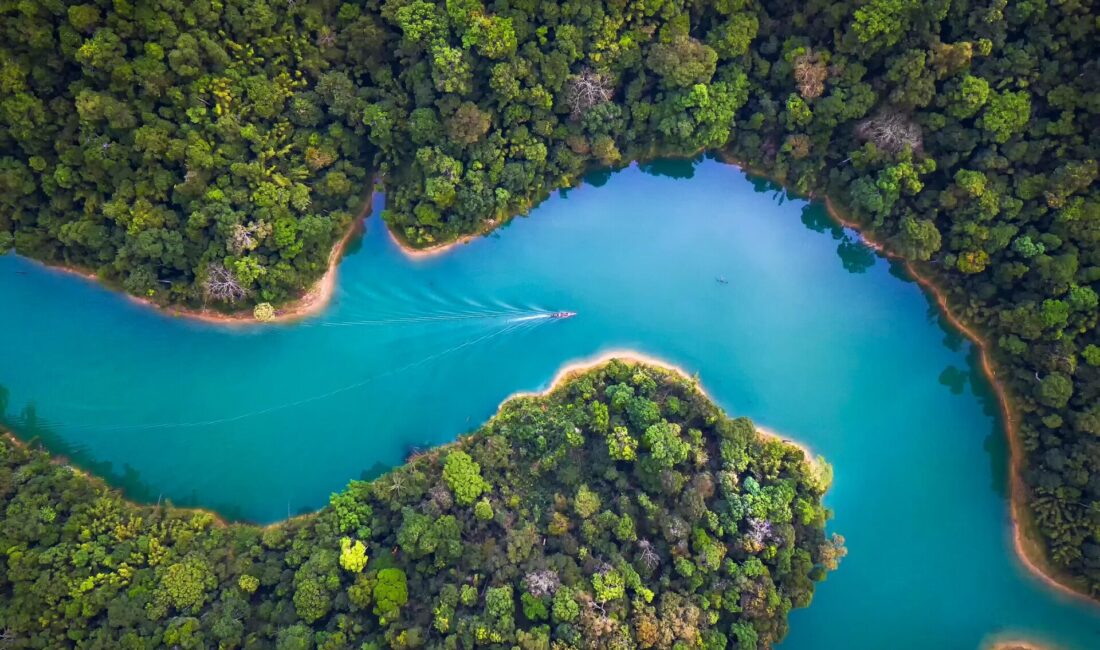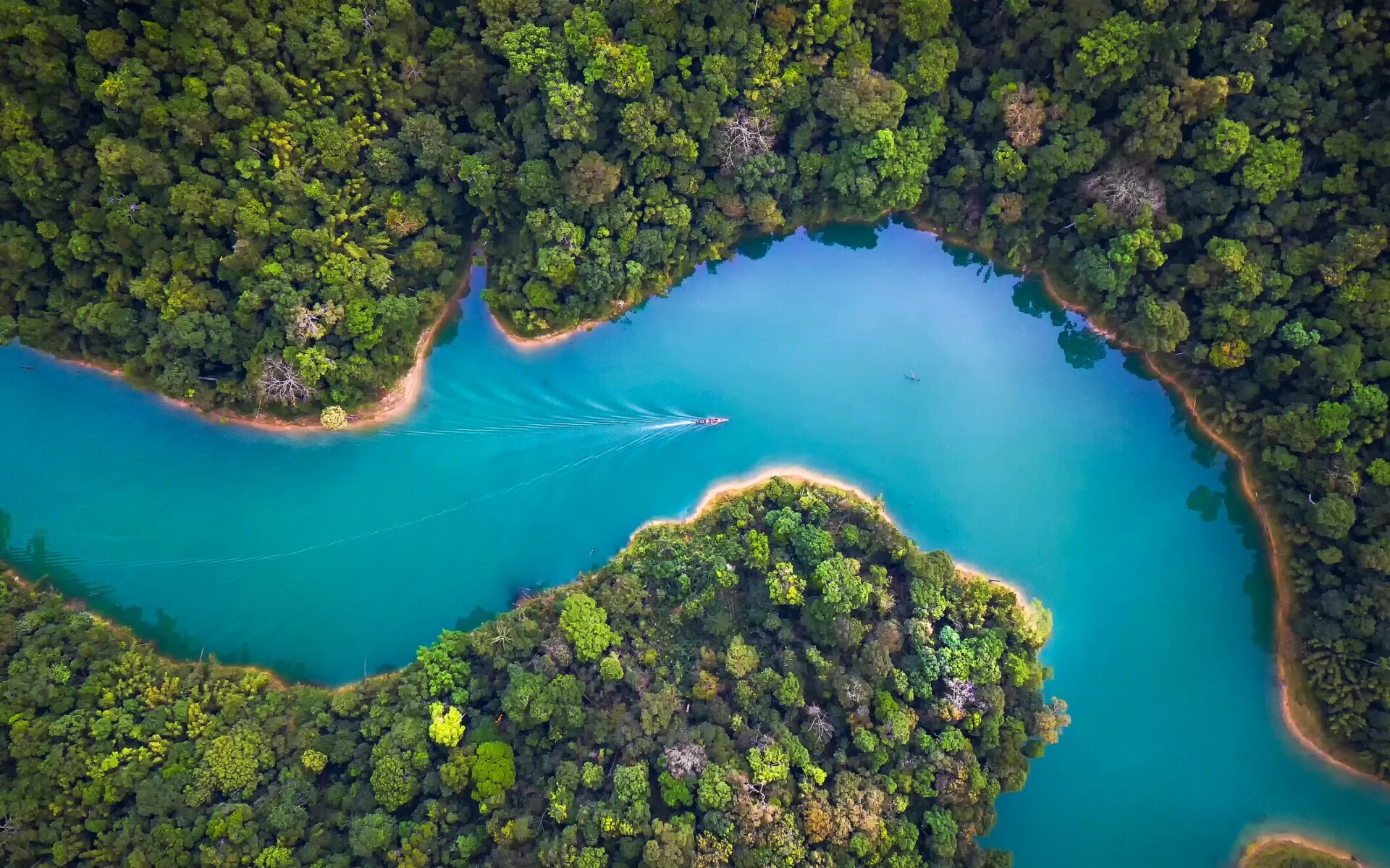
The Southeast Asian rainforest is a large area of tropical rainforest located in Southeast Asia. It is home to a diverse array of plant and animal species, and it plays a vital role in the health and well-being of the region. Some basic information about the Southeast Asian rainforest includes:
- Location: The Southeast Asian rainforest is located in Southeast Asia, covering parts of Brunei, Cambodia, Indonesia, Laos, Malaysia, Myanmar, the Philippines, Thailand, and Vietnam.
- Climate: The climate in the Southeast Asian rainforest is tropical, with high humidity and temperatures ranging from 70-90°F (21-32°C) year-round. The region experiences a wet season from May to October, with heavy rainfall and frequent storms.
- Biodiversity: The Southeast Asian rainforest is home to a diverse array of plant and animal species, including orangutans, elephants, and a variety of primates. It is also an important nesting site for a variety of bird species.
- Threats: The Southeast Asian rainforest is under threat from a variety of human activities, including logging, agriculture, and urban development. Climate change is also a major concern, as rising temperatures and more frequent extreme weather events could have negative impacts on the forest and the many species that call it home.
- Economic importance: The Southeast Asian rainforest is an important source of timber, medicinal plants, and other natural resources. It is also a major contributor to the region’s tourism industry.
- Environmental importance: The Southeast Asian rainforest plays a vital role in the health and well-being of the planet, as it helps to regulate the global climate, protect against soil erosion, and provide a home for many unique and threatened species.

